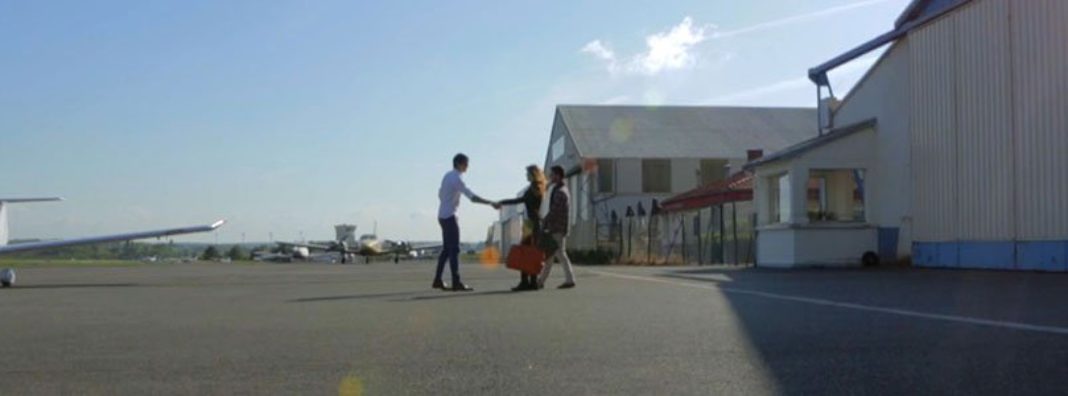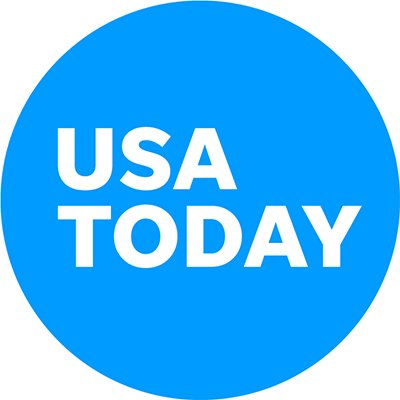
From drones to supersonic flight, next-generation aviation technologies are poised to radically reshape the American airspace over the next decade. But what if the next major leap forward is a safe, existing mode of transport that we can open up to more passengers at low costs?
Proposed language in this week’s Federal Aviation Administration reauthorization discussions, as well as a bill recently introduced by Sen. Mike Lee, R-Utah, could reopen the skies for flight-sharing platforms and turn back the FAA’s continued efforts to shut them down.
Flight-sharing — think Uber for private aircraft — has already taken off in Europe. Wingly, a flight-sharing company, recently secured 2 million euros to expand its network across the continent. Its online platform enables 150,000 users to hop aboard small private aircraft operated by 10,000 licensed pilots in France, Germany and the United Kingdom. And unlike the headline-grabbing transportation innovations that focus on America’s urban centers, flight-sharing could bring immediate benefits to Americans in lower-income and rural regions.
The European success story is no surprise: Flight-sharing is a matching game, and the Internet thrives at building up networks of mutual interest and making matches among users. Unfortunately, the FAA grounded similar flight-sharing start-ups in America, preventing private pilots and passengers from leveraging the digital revolution to make a decades-old practice more practical and safe.
The domestic commercial air travel industry is massive — with 6,871 commercial aircraft serving hundreds of millions of passengers at 551 national and regional airports — but these aircraft predominantly fly routes to and from the coasts and other major population centers. Fly-over country is also difficult-to-fly-to country.
Flight-sharing unlocks 200,000 licensed general aviation aircraft across the country and opens routes to and from the 1,904 local and basic airports that serve all states and regions. This makes flying far more feasible and affordable for a far larger swath of the population, opening up new opportunities for work or travel.
For decades, passengers would look at flight plans posted on corkboards at airports to find a ride — as technologically backward and inefficient as trying to find dates in the personal ads. Then in 2013, Flytenow recreated these corkboards in a digital app, creating a far more usable flight-sharing platform. Within two years, the platform hosted 25,000 pilots and passengers to arrange flights nationwide.
Uncertain about how to handle the growing community that began using Flytenow’s digital corkboards, the FAA relied on ambiguous statutes to declare pilots using the platform to be “common carriers,” meaning pilots without commercial certification were operating illegally.
Even though FAA guidance already prohibits private pilots from profiting from flight-sharing, the FAA has now given any private pilot attempting to use a service like Flytenow the same legal designation as America’s largest, for-profit, commercial airlines. Due to this questionable interpretation, the platform shut down in 2015.
Bringing back similar platforms wouldn’t be difficult, nor should doing so be a difficult decision to make. As our recent research explains, all we need is a clearer definition of common carrier.
Sen. Lee’s bill, by drawing a bright line between who is and is not considered a common carrier, would remove the FAA’s authority to prohibit platforms from bringing flight-sharing practices into the 21st century.
To understand the transformative effects of online flight-sharing platforms, look to Europe’s experience. Instead of shutting it down, the European Aviation Safety Agency took steps to work with the budding industry to inform consumers and promote pilot safety.
This led to the adoption of a user rating system, which shares valuable safety information that the corkboard system could never provide.
Chasing off American innovators does little to promote safety. The same private pilots who cannot post flights online can still legally use the old corkboard-style methods — without the same types of safeguards provided by the apps. Instead, the FAA has perniciously cut private pilots off from passengers who could greatly reduce their operating costs, and cut passengers off from an alternative form of transportation.



 USA Today
USA Today